When developers in the People’s Republic of China revealed their replica of the Austrian town of Hallstatt [Wikipedia] they got a lot of attention [Spiegel International] [Reuters] [China Daily], from abroad at least. The act reaffirmed common stereotypes, ranging from Chinese being notorious copycats, their love for kitsch and gigantomania. What made it worse is that Europeans generally have an inexplicable pride for their national treasures, while at the same time being a little bit insecure about whether they should be. After all, many of these places have been created hundreds of years ago.
Austrians were not amused. In a country where even Google’s Streetview cars raise public suspicion, a squadron of Chinese architects photographing every inch and every nail of the roughly 700 year old town will definitely get quite a lot of attention.
The intention of the developers however remained unclear, even after locals accepted that there is nothing that they could do, other than accept and embrace it. The mayor of Hallstatt, Austria flew with a tourism delegation to Hallstatt, Guangdong in an attempt to gather as much publicity as he could, show off a few traditional outfits and promote his hometown as a fun and exotic tourist destination.
Going to Hallstatt yourself from Hong Kong, Shenzhen or Guangzhou is not very difficult if you have a car with a Chinese licence plate. Even if you only have a yellow Hong Kong licence plate there now is a way to drive to the Mainland, even if only for a short period of time. The “Ad Hoc Quota Trial Scheme for Cross Boundary Private Car” was launched in May 2012 and allows everyone with a fetish for extensive beaucracy to go through books and books of forms, background and health checks to apply for a Mainland Chinese drivers licence and an ad-hoc Chinese licence plate, at an affordable rate. Be prepaired however for waiting for hours on the Shenzhen side of the border because border officials are unfamiliar with your sort of forms.
Hallstatt (哈施塔特) is constructed by the state-owned Minmetals Corporation, a large conglomerate mostly known for its mining endeavors. It is known in the area as “惠州五矿哈施塔特小资料”, (Huizhou Minmetals Hallstatt See). Huizhou is the closest city to Hallstatt, a city that might have been nice some time ago before all the cranes and bulldozers arrived. It lies in a formerly beautiful river bank, surrounded by green hills and blue lakes. We can only guess that, since nowadays all we see are empty highrises, highways into nowhere and sand everywhere.
To get from Hallstatt See from Huizhou, you will need to rent a car with a driver in Huizhou. It is located in Luoyang, Boluo (惠州市博罗县罗阳镇), about 10-15 km outside of Huizhou. The GPS coordinates of the entrance to the site are roughly “23.179225, 114.312143”, which is right next to a large stadium about two kilometers west of the interchange of highways G35, G25 and S21 (edit: reader Hanno points out that the site is actually closer to the coordinates 23.18112, 114.32656, see his comment below. Thank you!).
Once you arrive at the sports stadium you will be greeted with banners showing you the way to the village. The road is far from being complete, but then, so is the entire complex. When seeing the advertisements and models for the site, it becomes clear quickly what Hallstatt See is supposed to be: A gated kitschy weekend getaway community for the tasteless rich of Guangzhou, Dongguan, Shenzhen and Hong Kong. It was never made for tourism, and the only chance for tourists to get to see it is probably now, while the site is still open to attract buyers.
At the main gate they play Austrian folklore from loudspeakers, inside the church they play the soundtrack from “Sound of Music”, hostesses dress up in “Dirndls”, traditional Austrian costumes. The facades of the buildings show unusual attention to detail, the ski maps in the shops are original and the mailboxes at least seem so (though they are not always hung correctly). Only the city center, about two blocks of buildings are replicas, and they are not for sale. They will serve as some kind of community center, selling flowers, magazines, cafe and convenience articles to the residents.
The 110 hectare site will one day have about 366 out-of-the-box houses for one to four families. They will cost around 360 to 600 thousand Euros.
- Highrises in and future development sites in Huizhou.
- Uniform homes in Huizhou.
- The unfinished road to Hallstatt See.
- The flooded road to Hallstatt See.
- Building in the ‘old’ town of Hallstatt See.
- The church in Hallstatt See.
- Inside the church of Hallstatt See.
- This is how the site might one day look like.
- The main street of Hallstatt See.
- Trumer beer, unfortunately not available for sale.
- Inside the buildings on main street.
- The story of how the mayor of the Austrian Hallstatt came and approved.
- The view from one of the model homes.
- Is this what an Austrian dining room looks like?
- Since the chimney won’t be needed, it is replaced with a TV.
- The master’s bedroom.
- The uniform homes of Hallstatt.
- Not quite fitting. Palm trees on the promenade.
- Inside the local cafe/restaurant, serving fried rice and fried potatoes.
- Seems legit. The Austrian Post.
- Ski maps in a shop.
- Back home to Hong Kong…

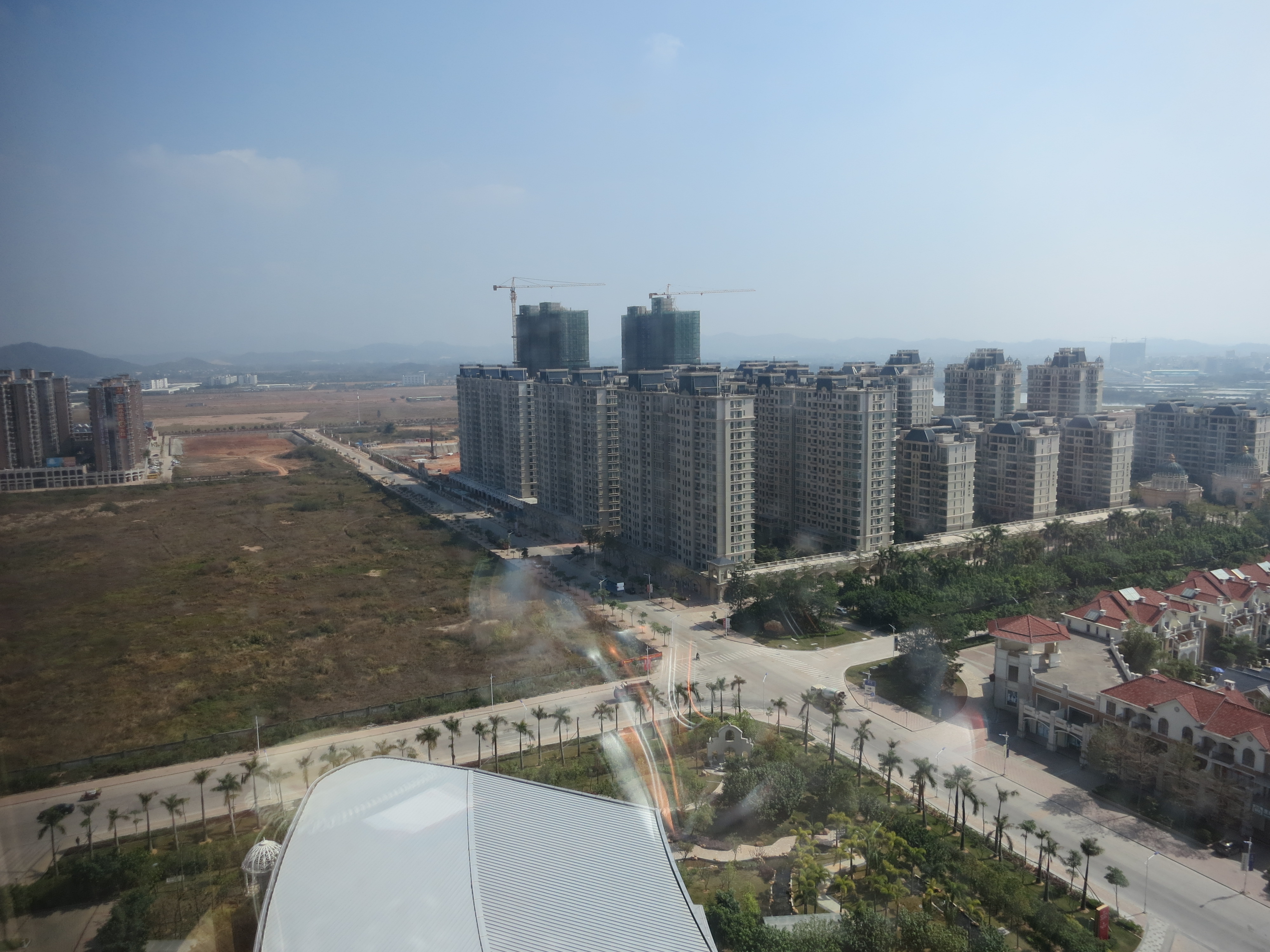
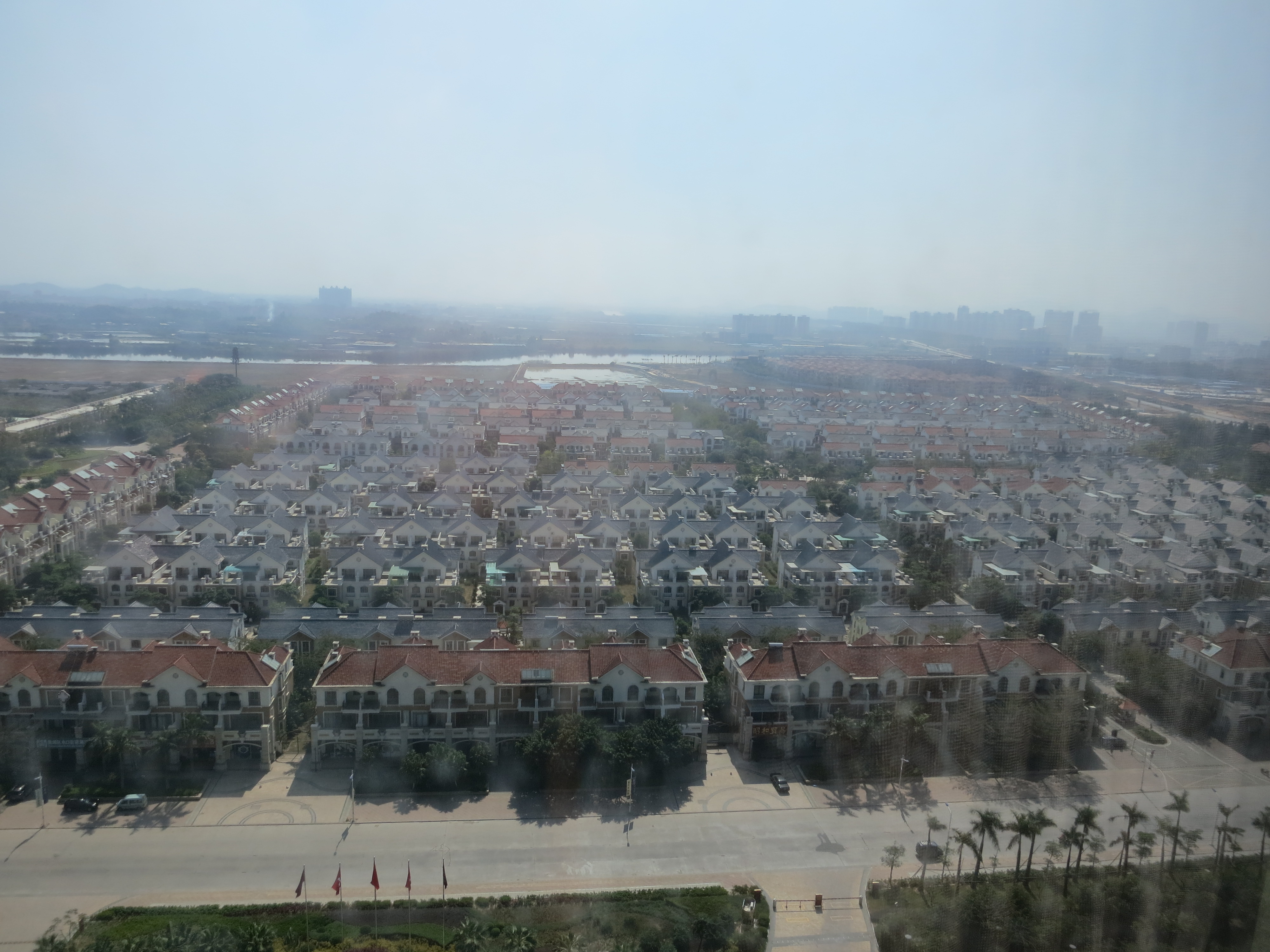
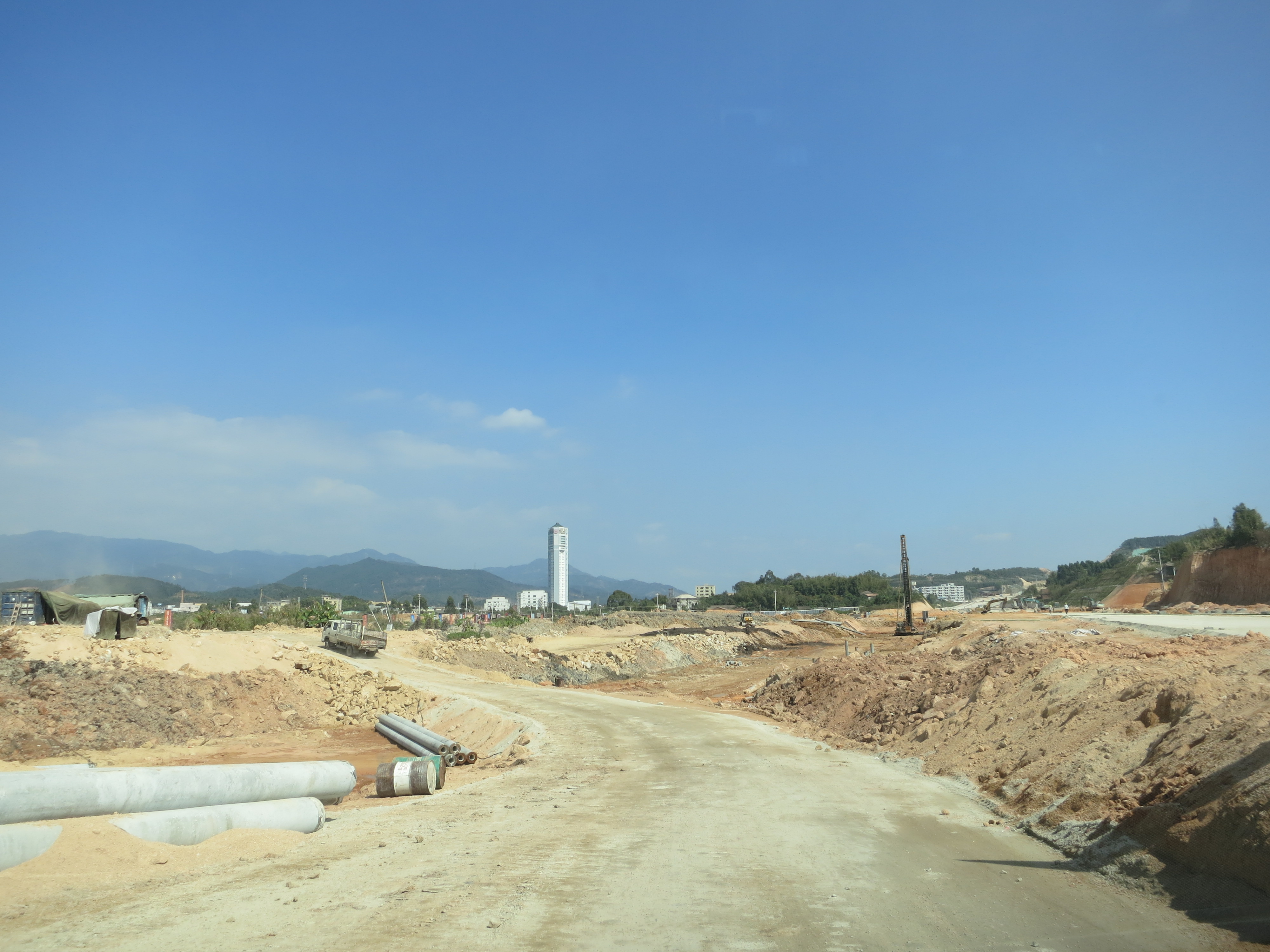
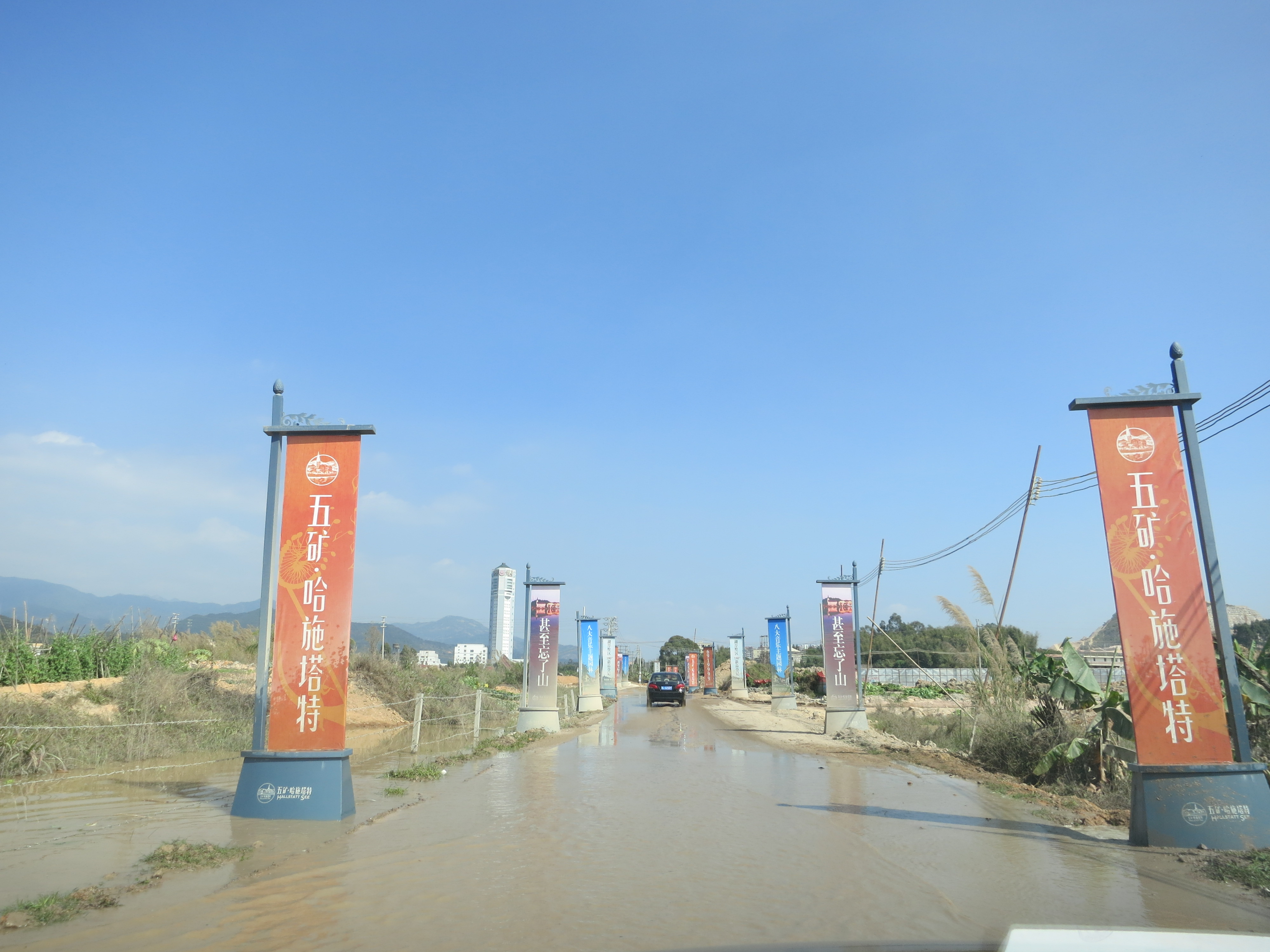
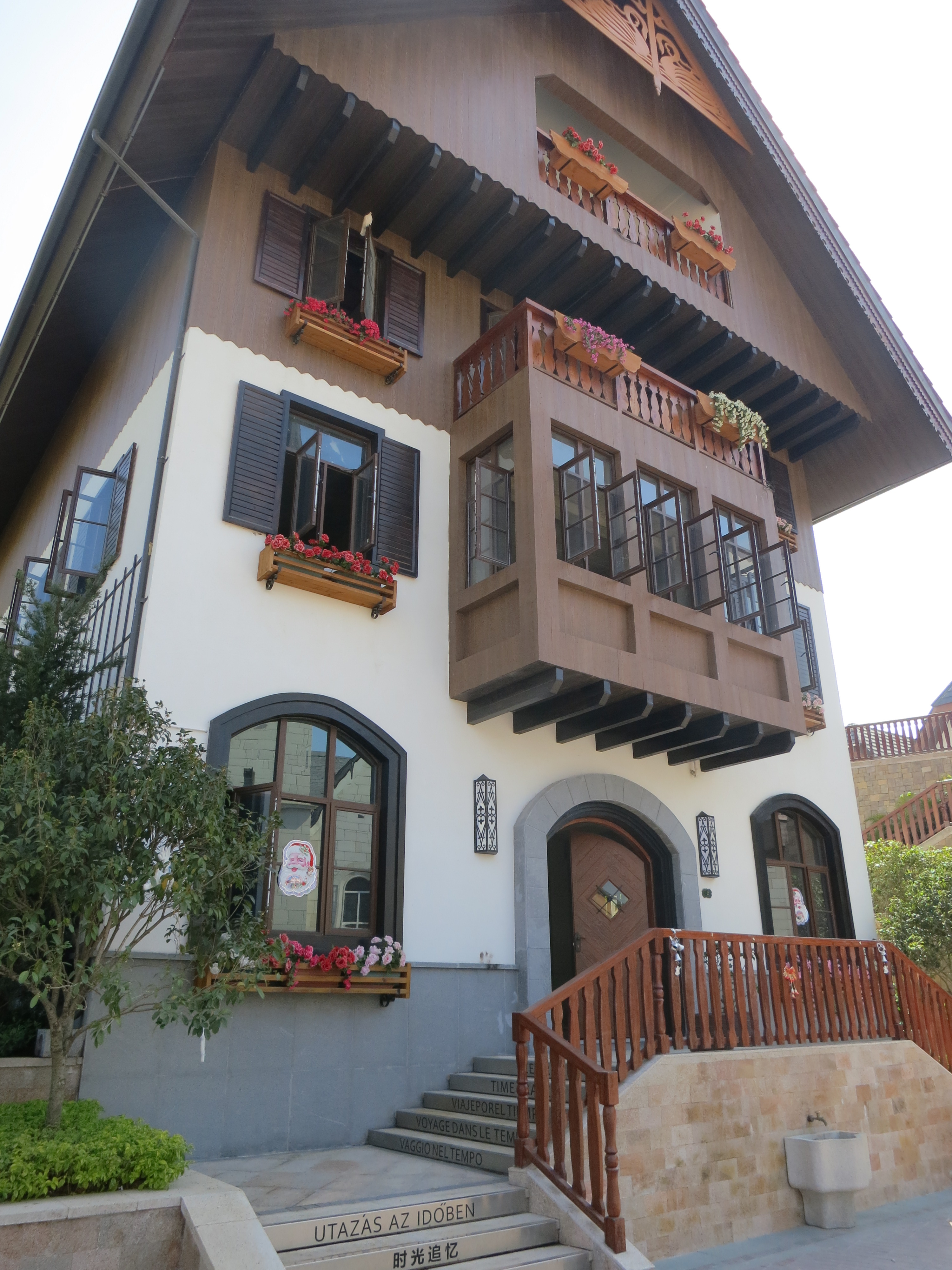
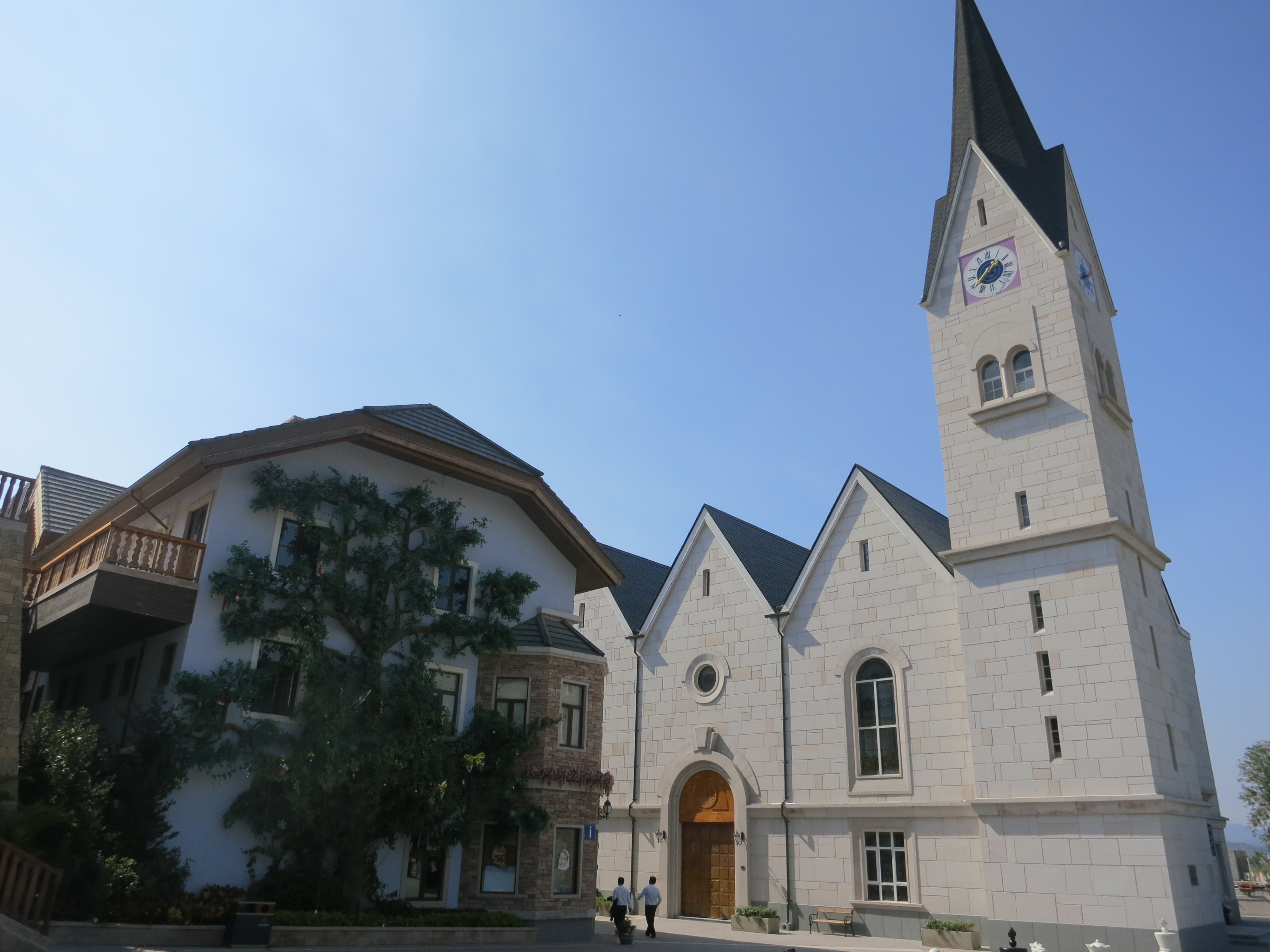
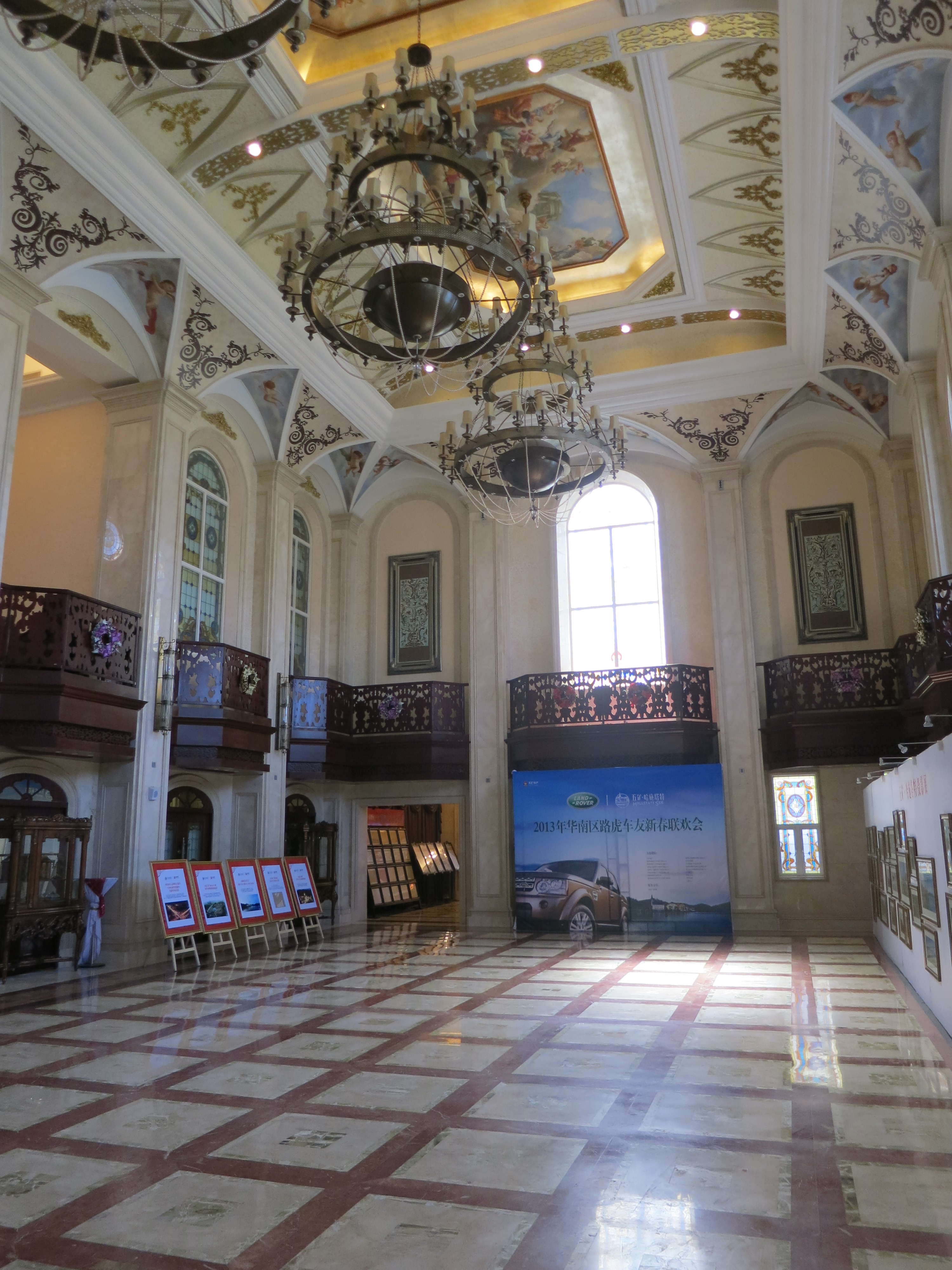
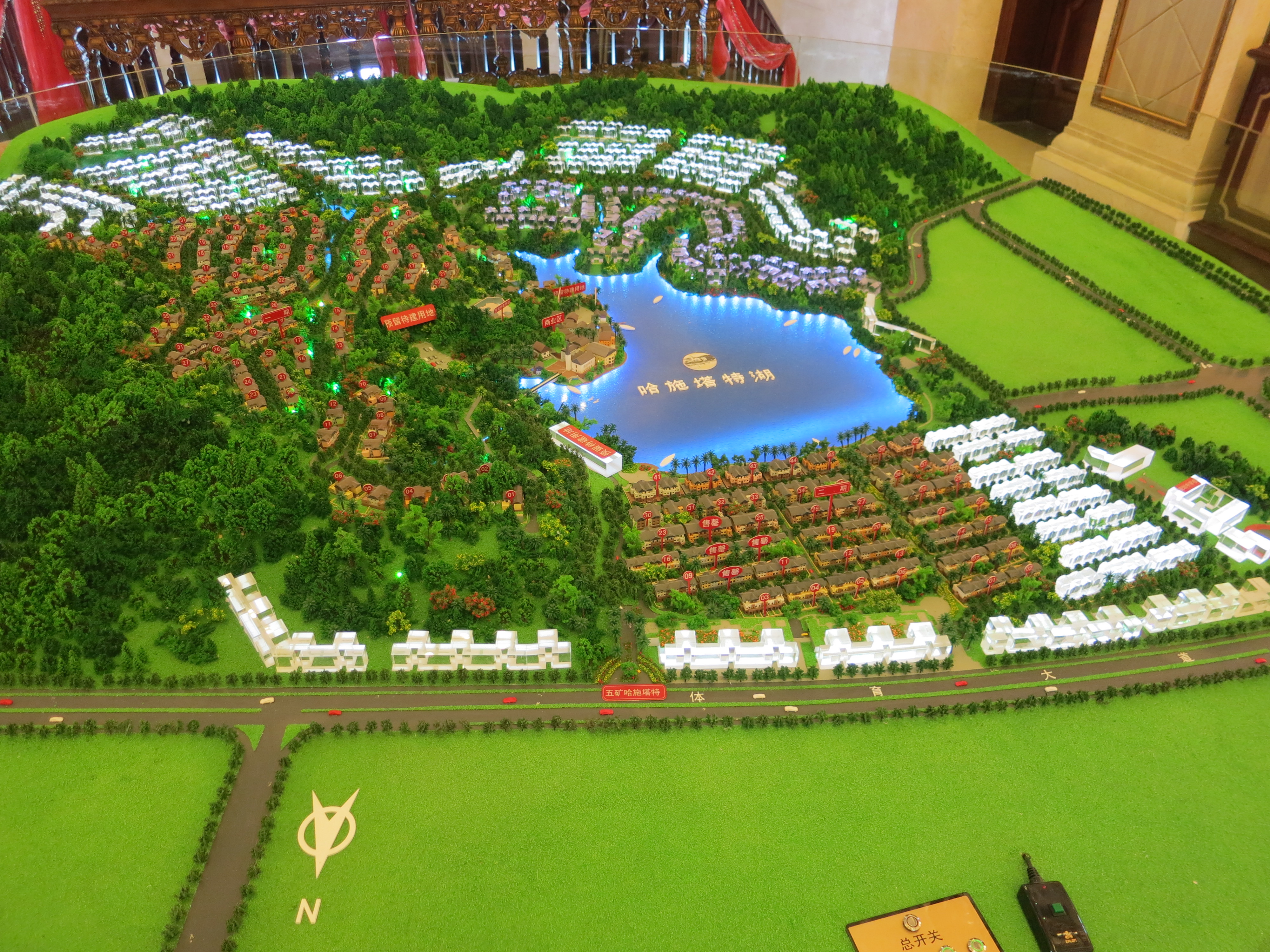
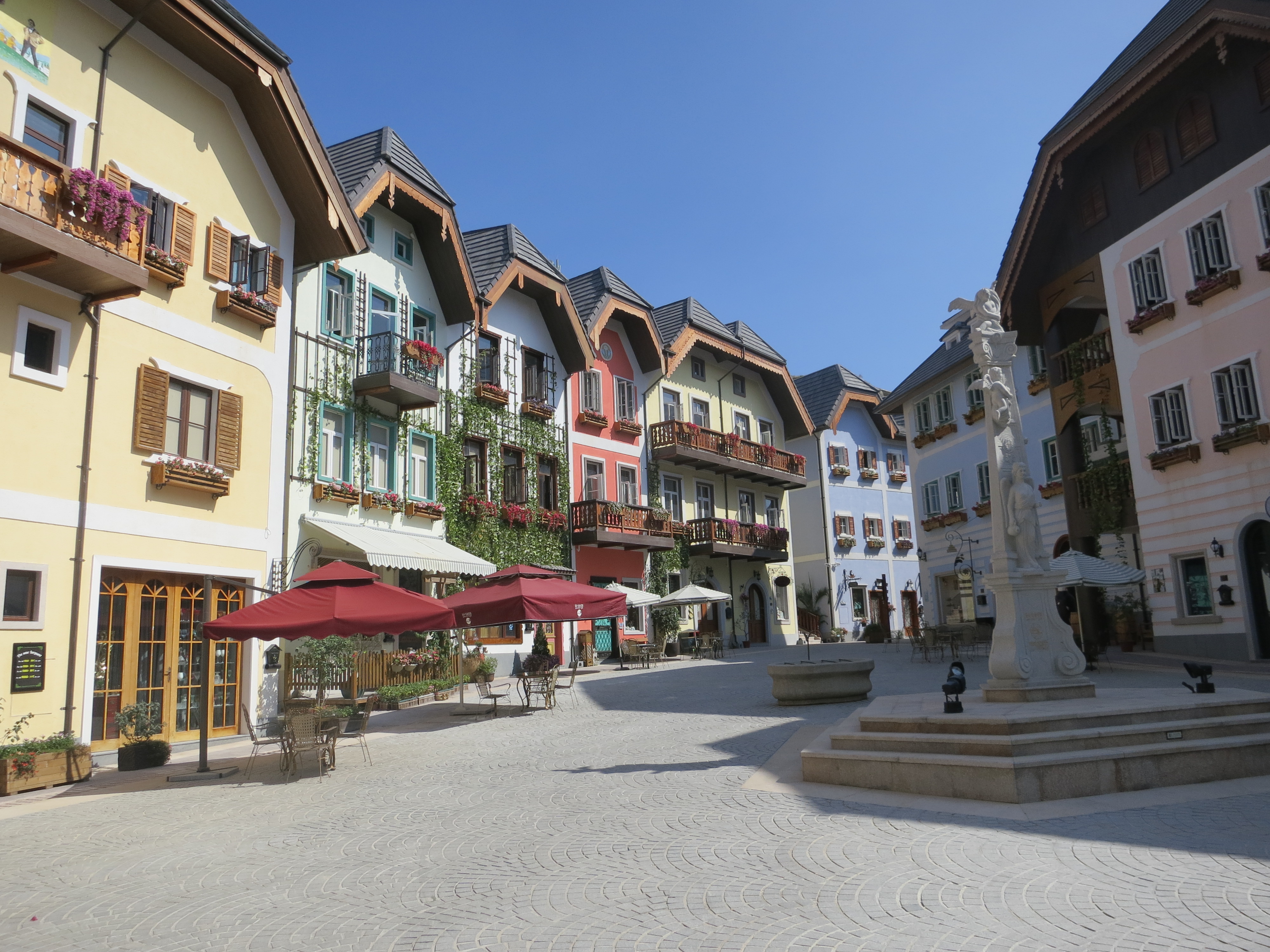
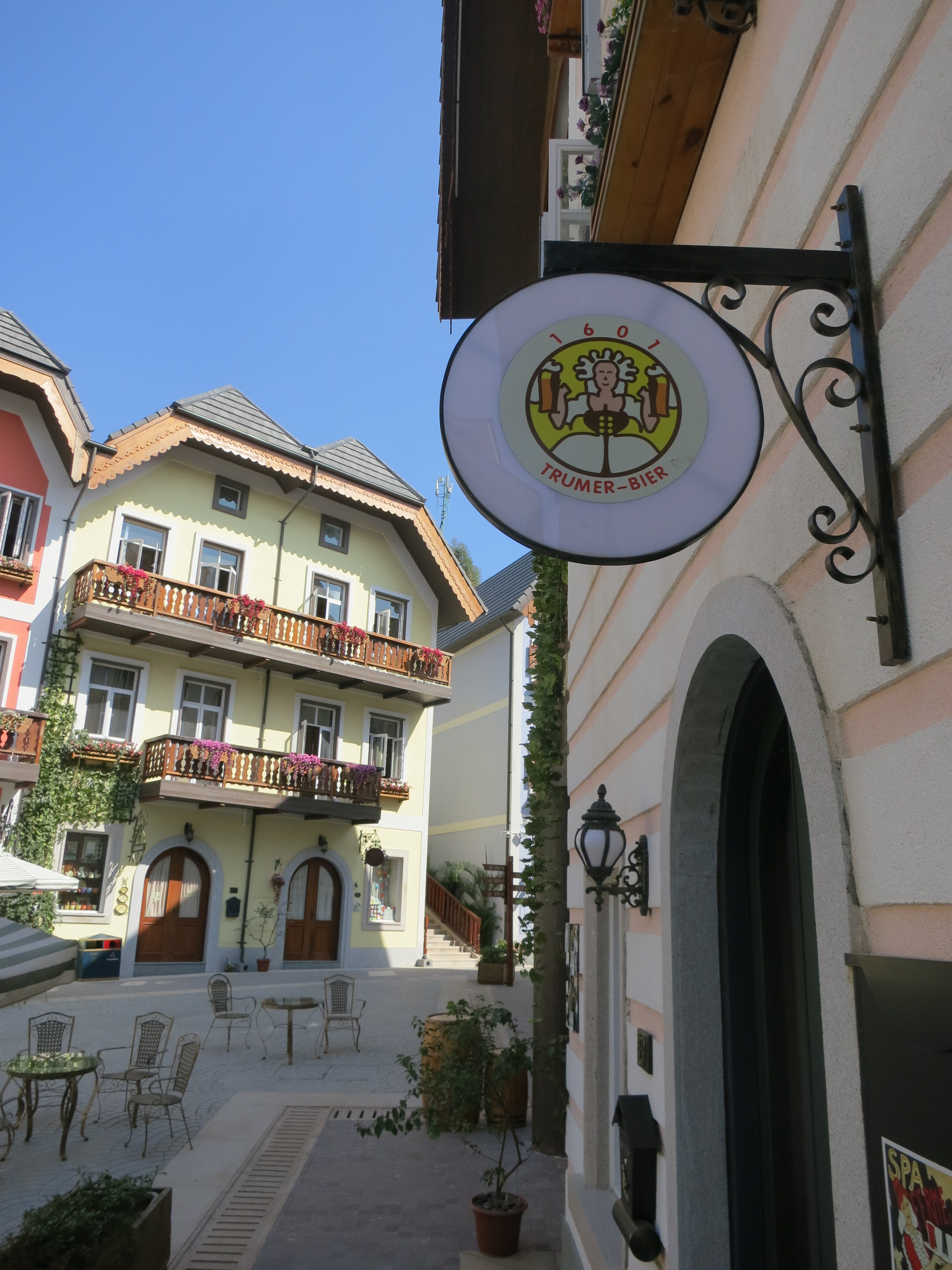
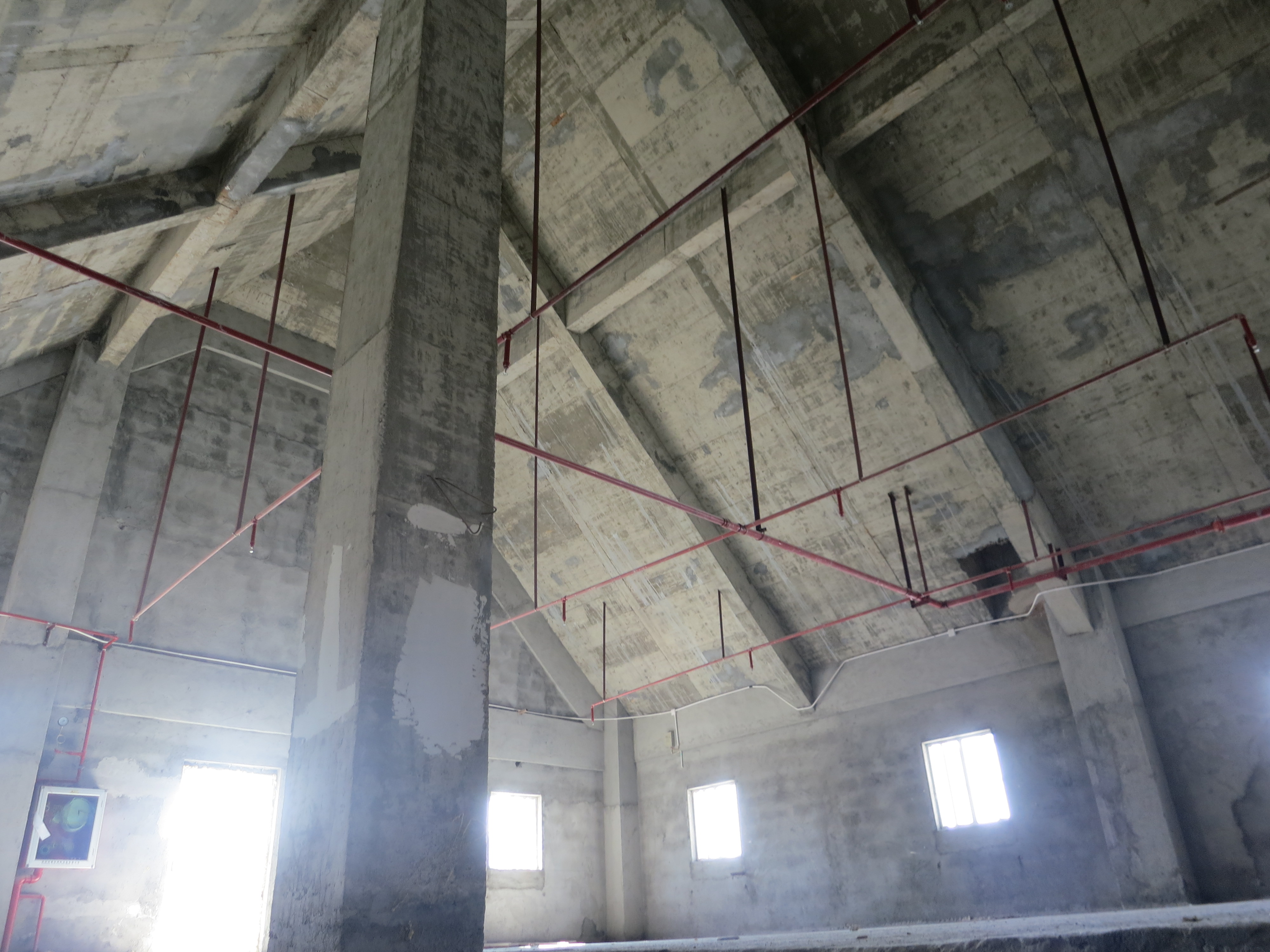
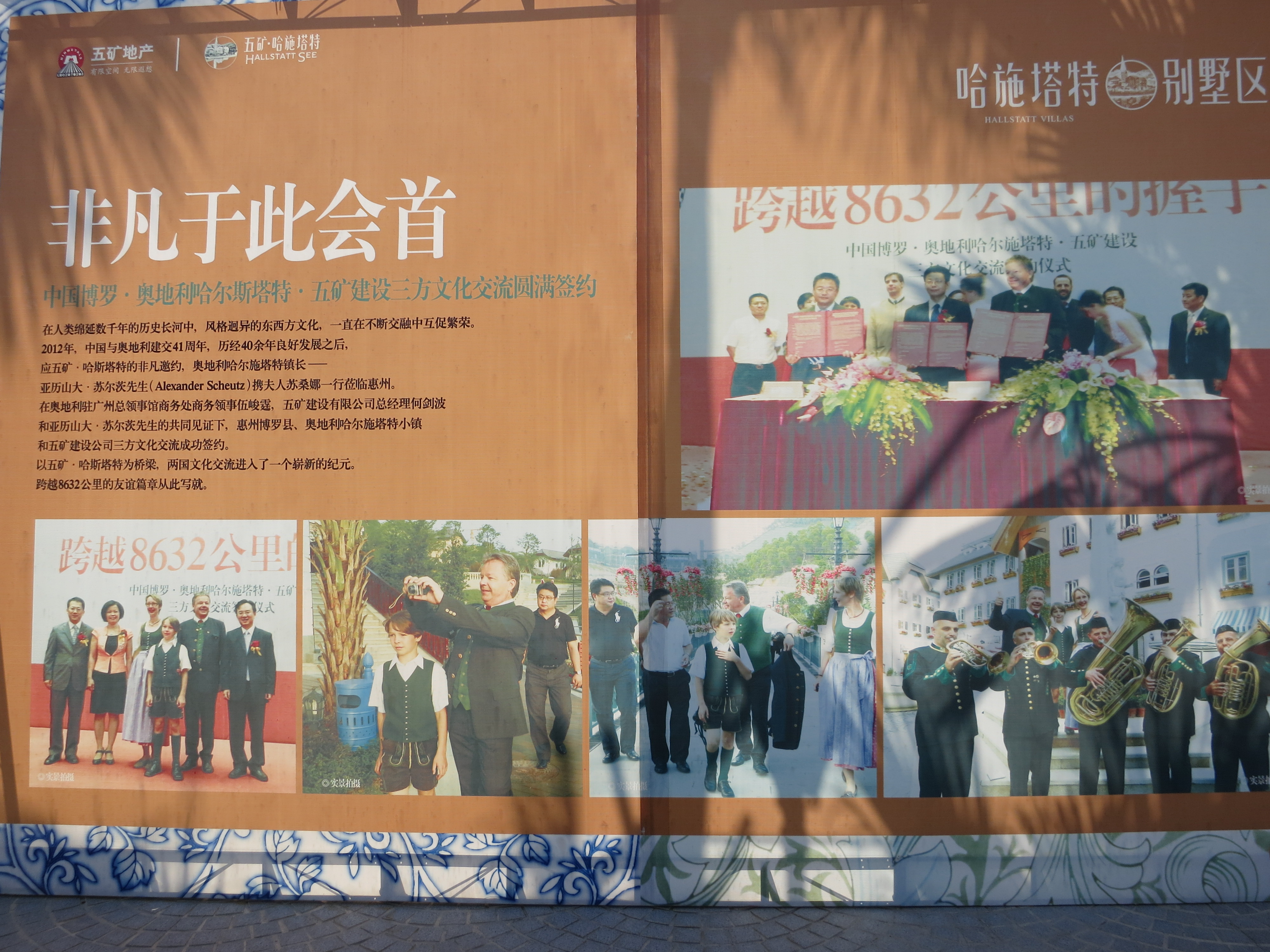
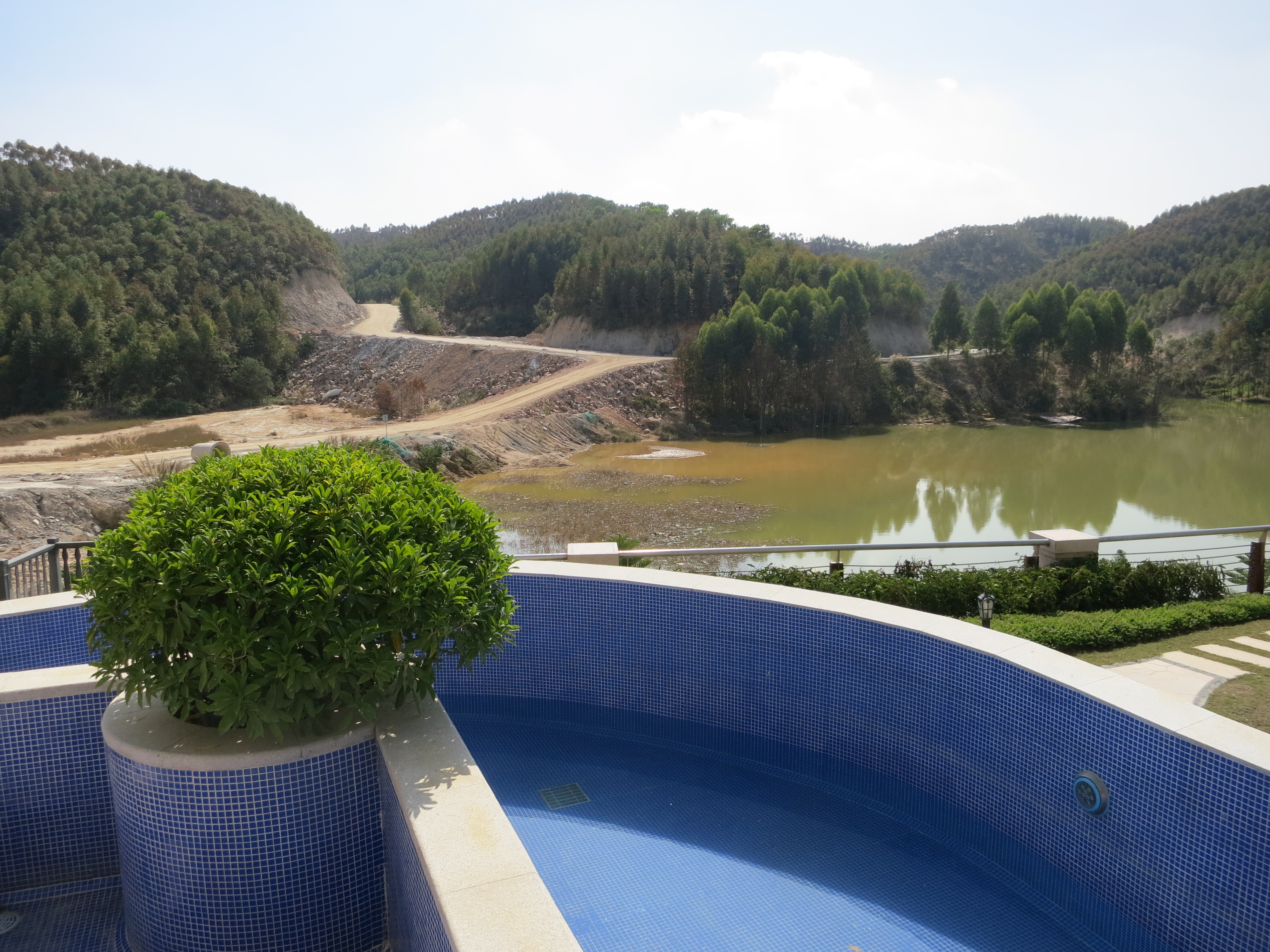
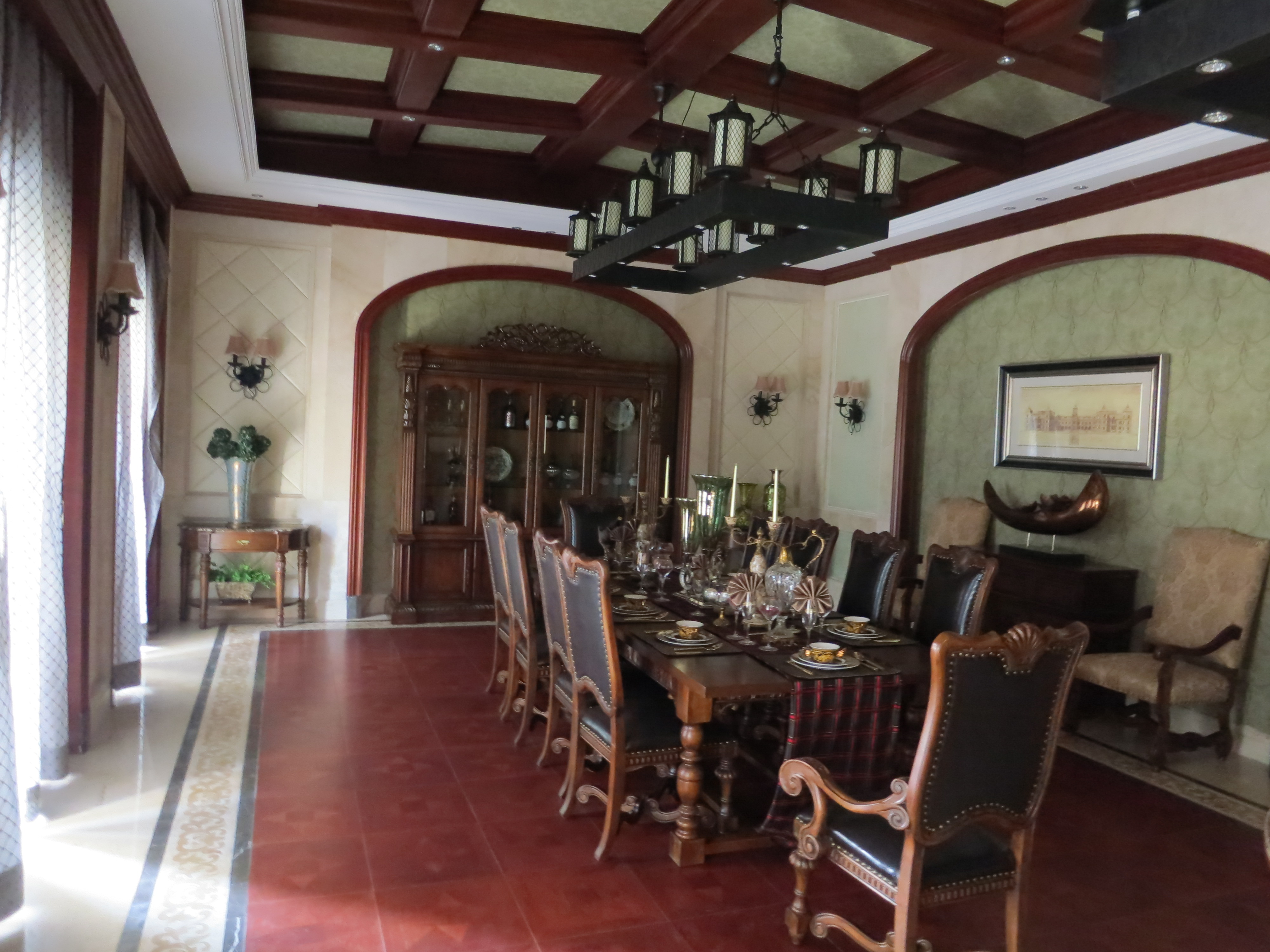
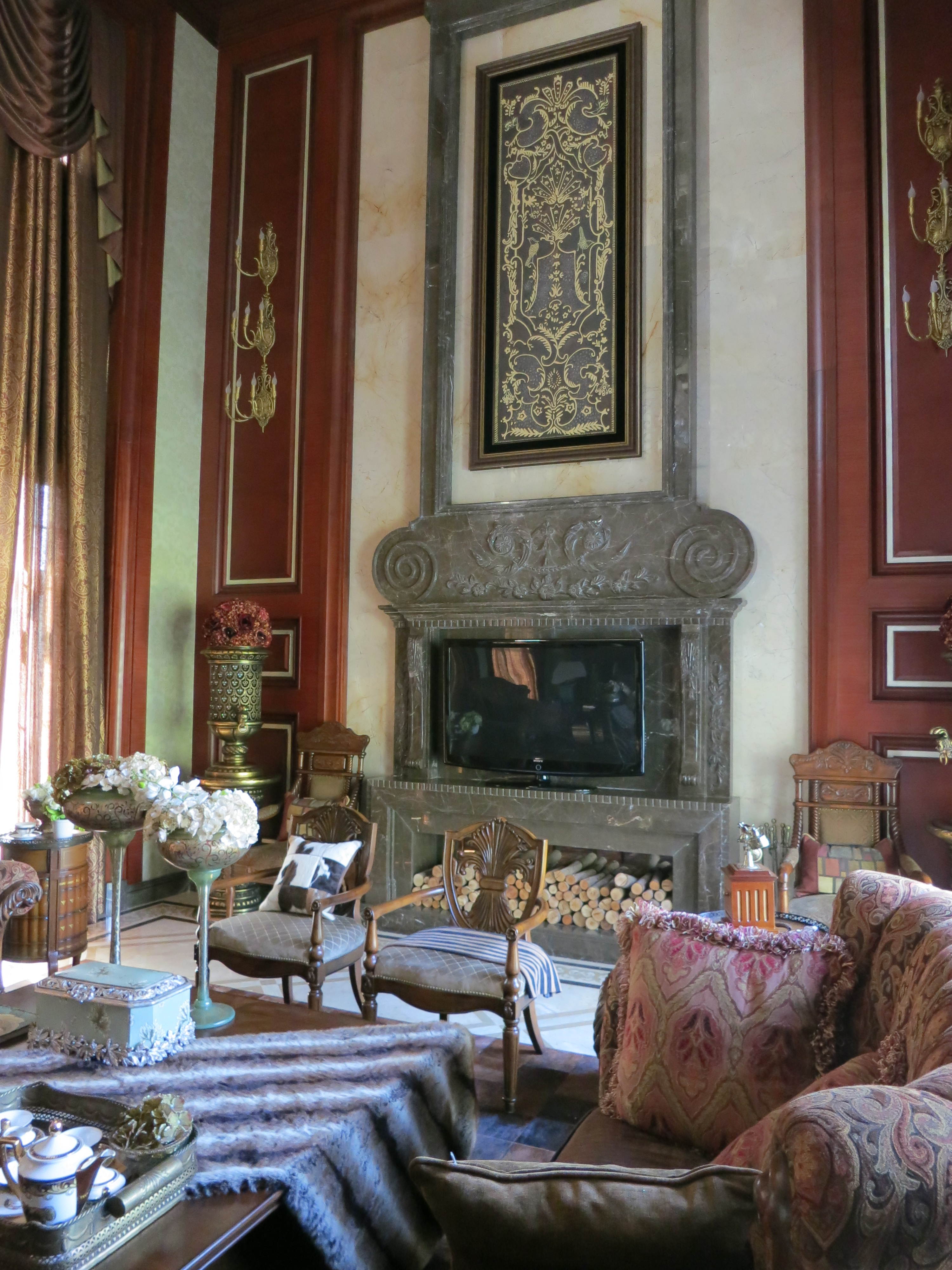
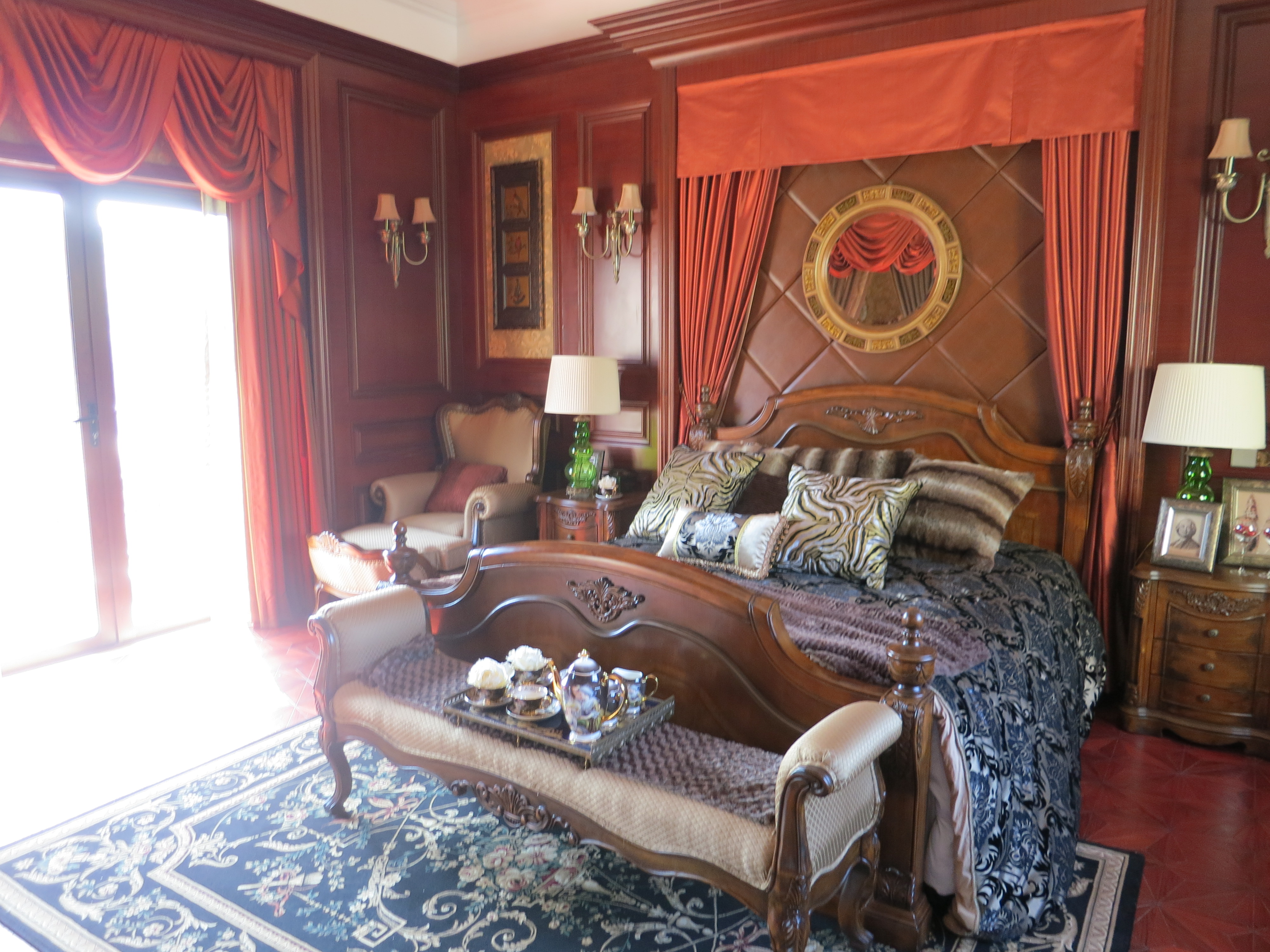
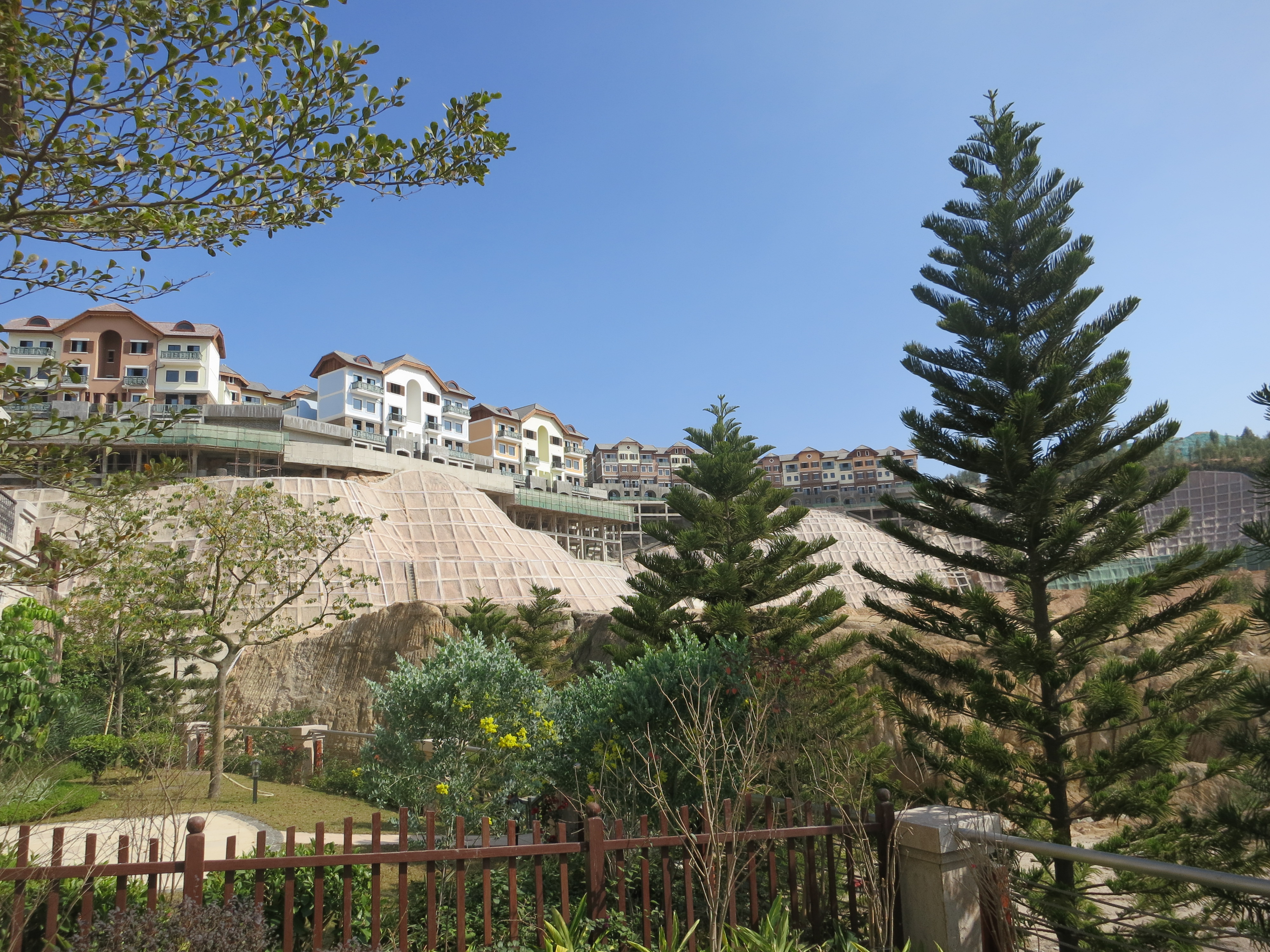
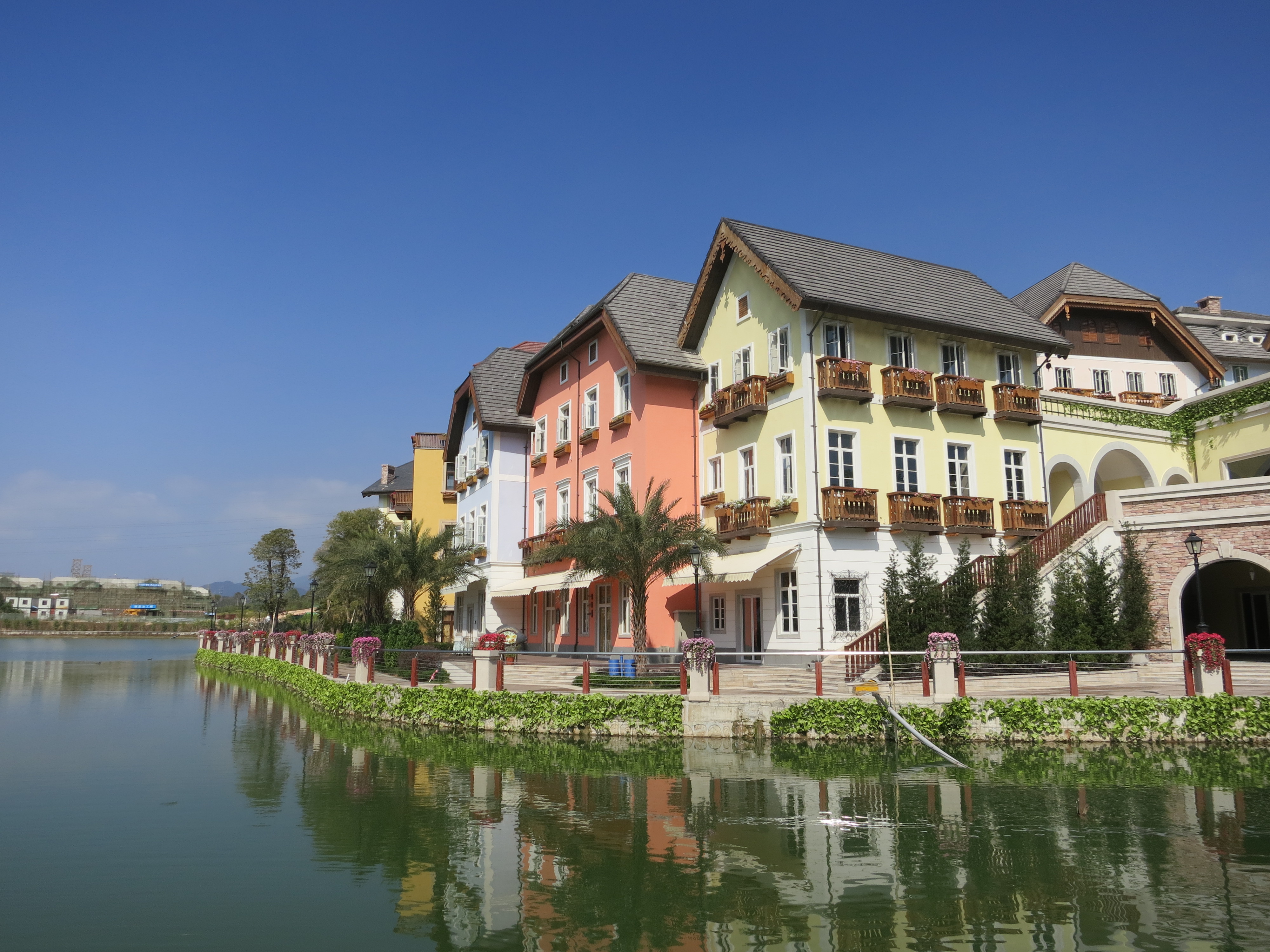
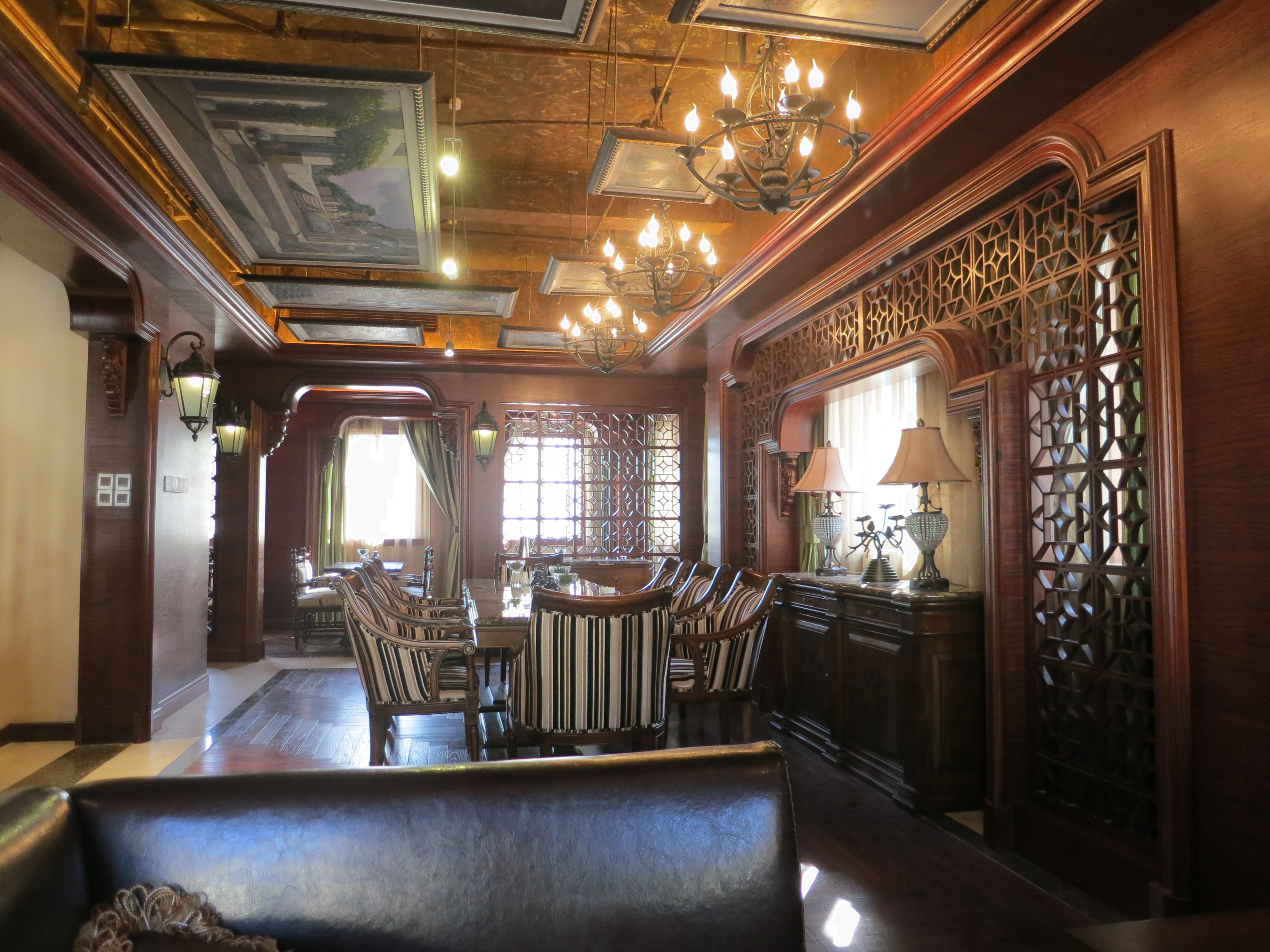
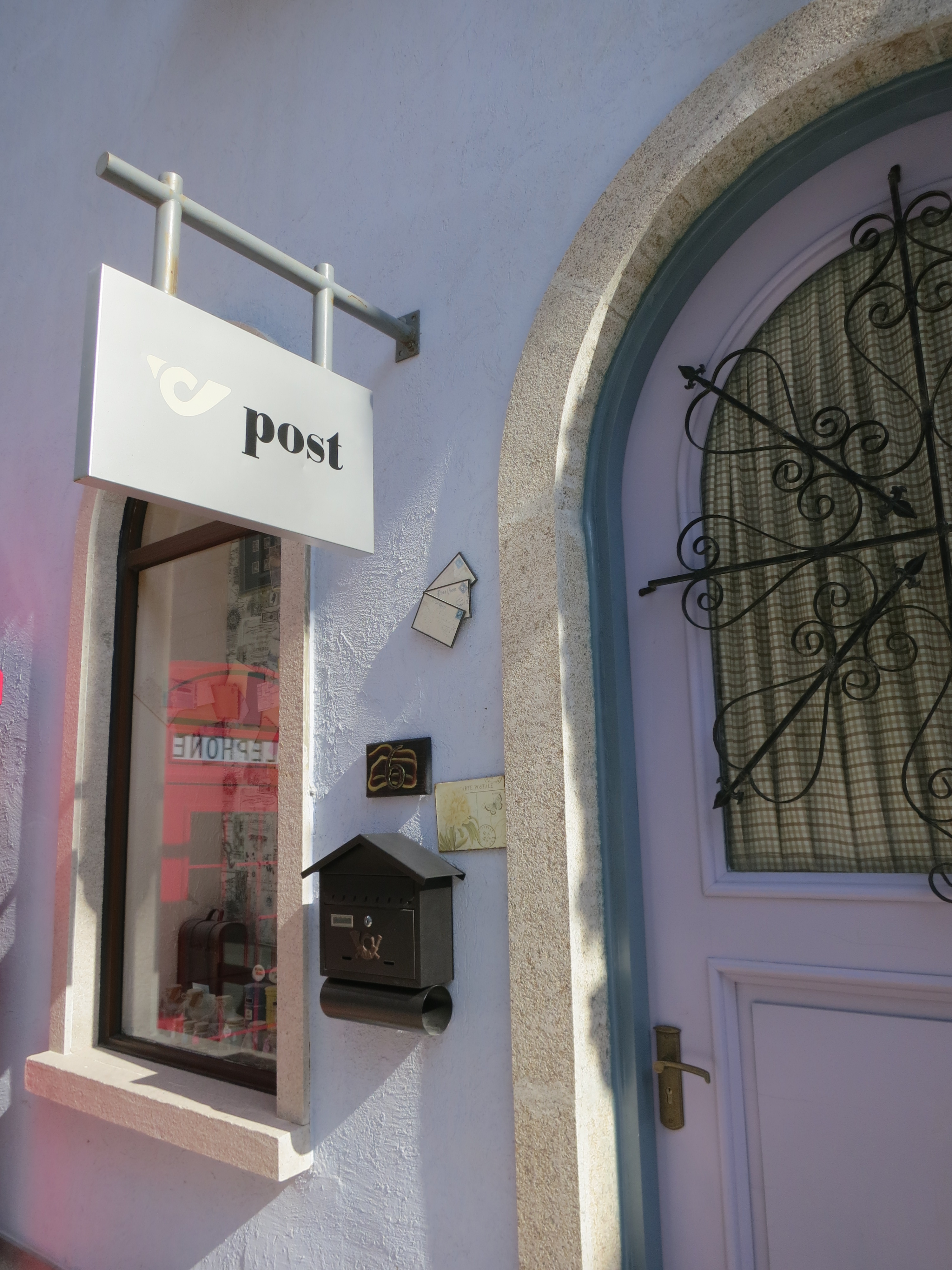
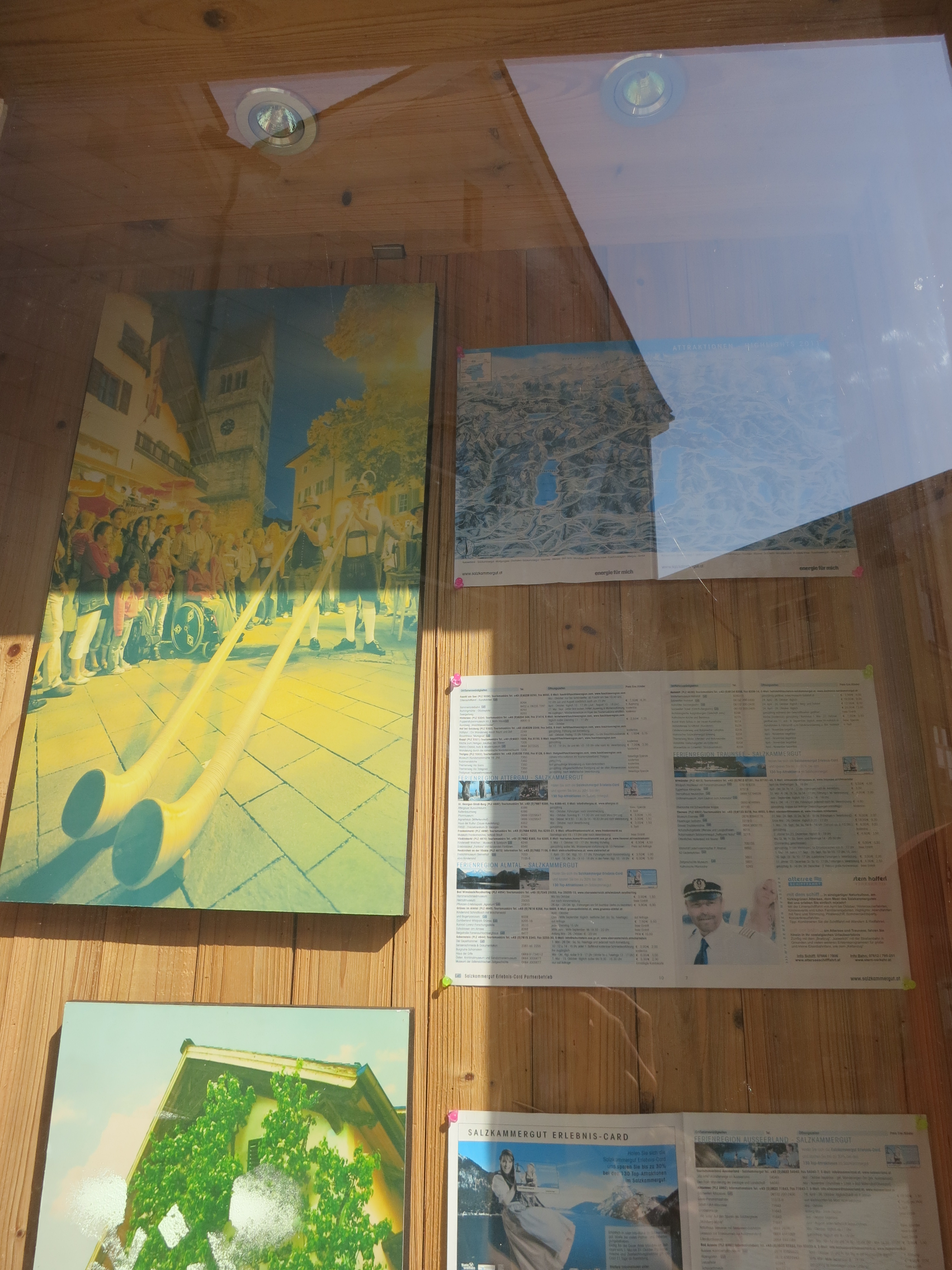
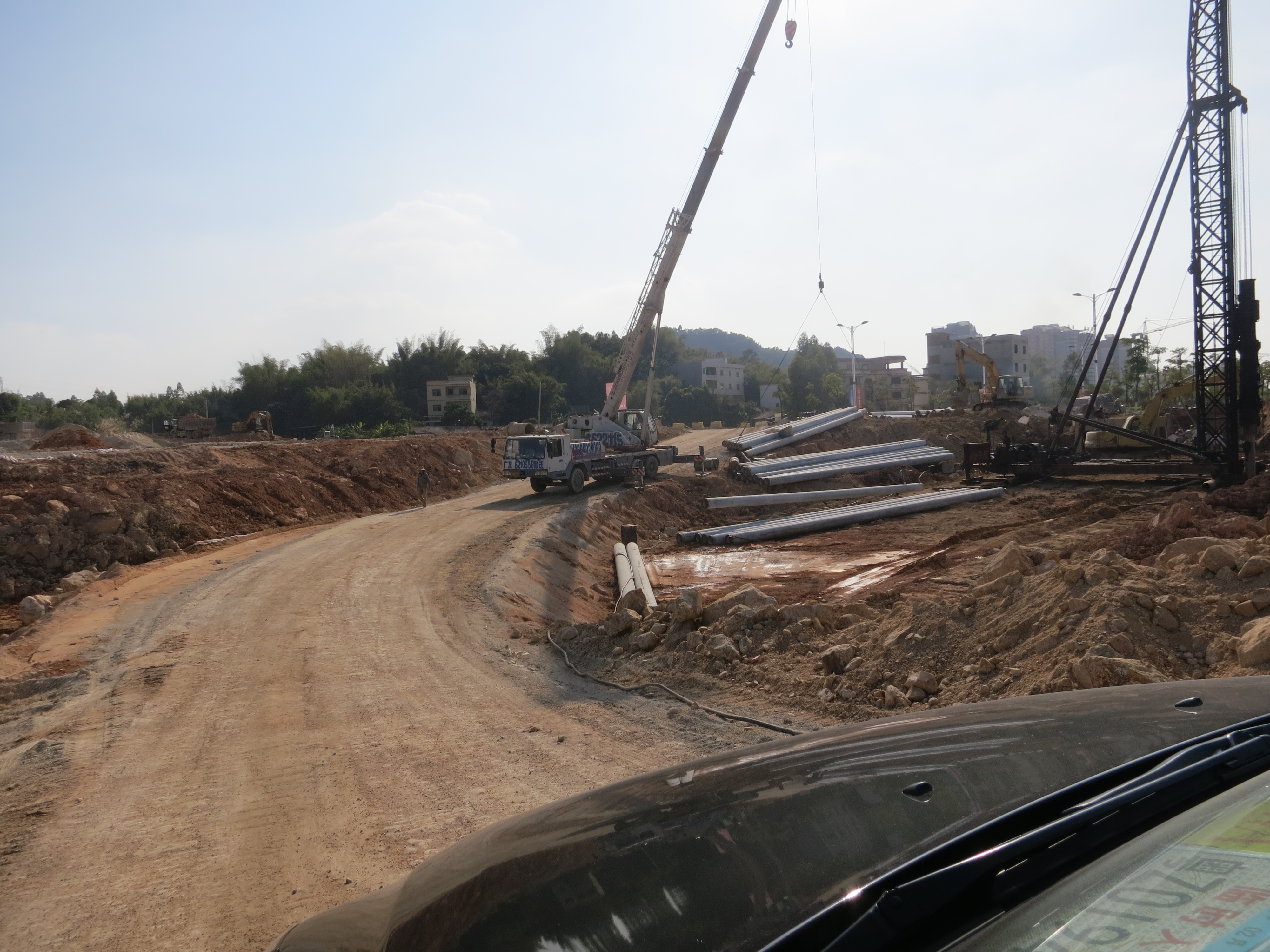
Hi, I recently also visited Hallstatt/China. Thanks for your GPS coordinates, but they are about 2 kilometers wrong. Maybe you want to update them, lat 23.18112, lon 114.32656 should be more precise. Also, you don’t have to hire a driver, a bus will also do, the tricky part is finding the correct bus.
Here’s my blog report about my visit: http://blog.hboeck.de/archives/836-Hallstatt-in-China.html
Thank you very much for your comment, I have added your remarks into the post.
Sorry that you didn’t find the location instantly, GPS coordinates are very difficult to use in China, at least together with maps, as these are often not focused right (a policy that tries to make spying more difficult).
All the best in China and Hong Kong!